CANADIAN COWL TAGS
The Canadian assembled cars are a little different. Canadian tags have STYLE, BODY, PAINT, TRIM under each other in neat lines that read from left to right. (figure b) At the bottom is the accessories or BSO codes. You’ll find the cowl tag next to the heater motor on the firewall in the engine compartment on a Chevy II.
BODY SPECIFIC OPTION CODES
–
This is the meaty stuff. These are the factory installed goodies that make the car worthwhile restoring. If the car’s a convertible you’d like to see ‘D’ on that tag for power top. ‘E’ or ‘F’ means you had complete tinted glass or tinted windshield respectively. For station wagon nuts, the ‘G’ code meant you have a power tailgate option.
–
Some of the best options appear in Group Two section in the bottom middle of the tag. Air conditioning is code ‘K.’ Code ‘M’ is Powerglide transmission, ‘P’ is push button radio and ‘R’ gave you a rear seat speaker. The rear antenna option is code ‘S.’ The rear window defogger option is code ‘B’ and padded dash was code ‘C.’ A special lighting group with trunk and courtesy floor lamps is code ‘D’ and the big Kahuna is ‘Z’, which means Super Sport option. Oakland, California built cars used code ‘X’ instead. The last option was another Comfort & Convenience Package coded ‘F’. This gave you back up lamps, day night mirror, two speed windshield wipers, outside mirror and washer bottle. Hard to believe but these were extra cost back then.
By 1964, the SS package graduated to its own body code ‘47’ on the cowl tag. The ‘Z’ code on the BSO tag was changed to another rare option worth finding; Z now meant metallic brakes. Another new code included ‘L’ for M20 four speed transmission. 1963 carryover options included ‘O’ chromed passenger mirror and ‘Y’ for deluxe seat belts.
For 1965, the Nova SS series had two separate model series codes, one for inline six and the other for the V8. Model 17 was the Nova SS inline six and Model 18 was the Nova SS V8. The BSO codes were the same. Oshawa, Ontario, started assembly of Novas that year. For 1966, things remained the same with respect to the cowl tag codes. 1967 had no new codes listed.WHAT WON’T APPEAR
No matter what your pal at the burger stand tells you, there weren’t many high performance options that appeared on GM tags. For engines, all you’ll know is your Chevy II is inline six or V8 powered. It won’t tell you if you have an L79, a K66 transistorized ignition module, power steering or many of the engine options as it didn’t have anything to do with body production. That’s where the build sheet or sales receipt is so valuable. Remember the cowl tags are riveted in place, so be wary if it looks as if it had been reinstalled.


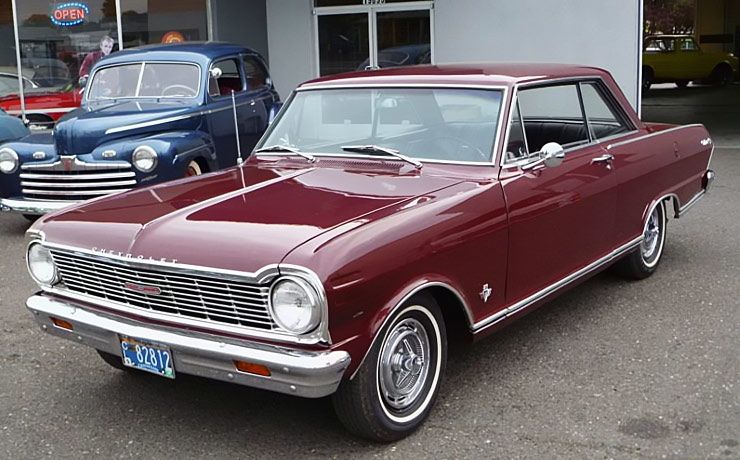
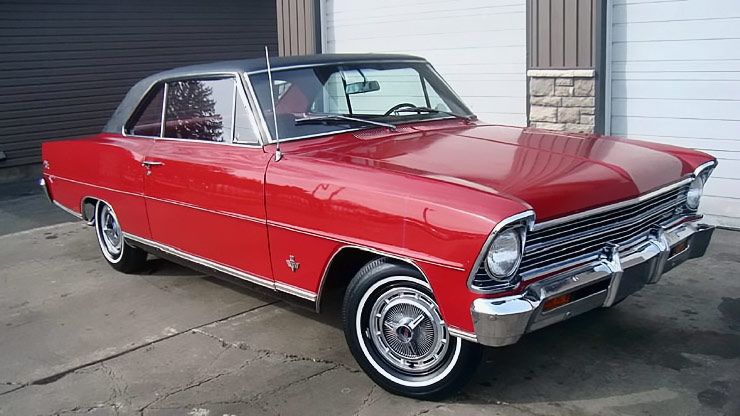


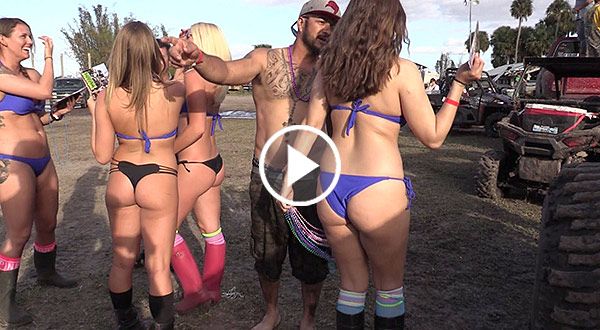
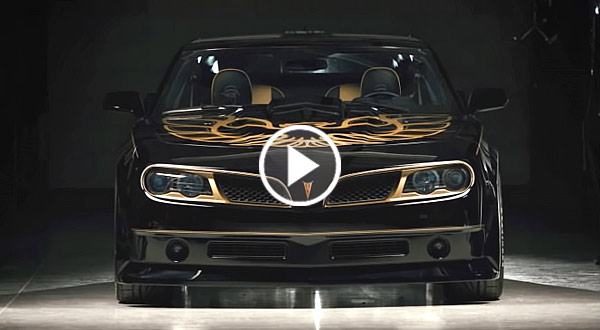

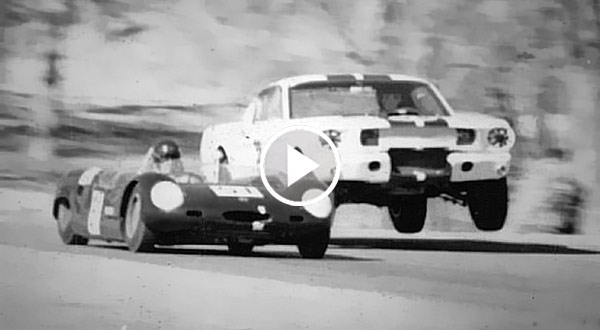





Facebook Comments